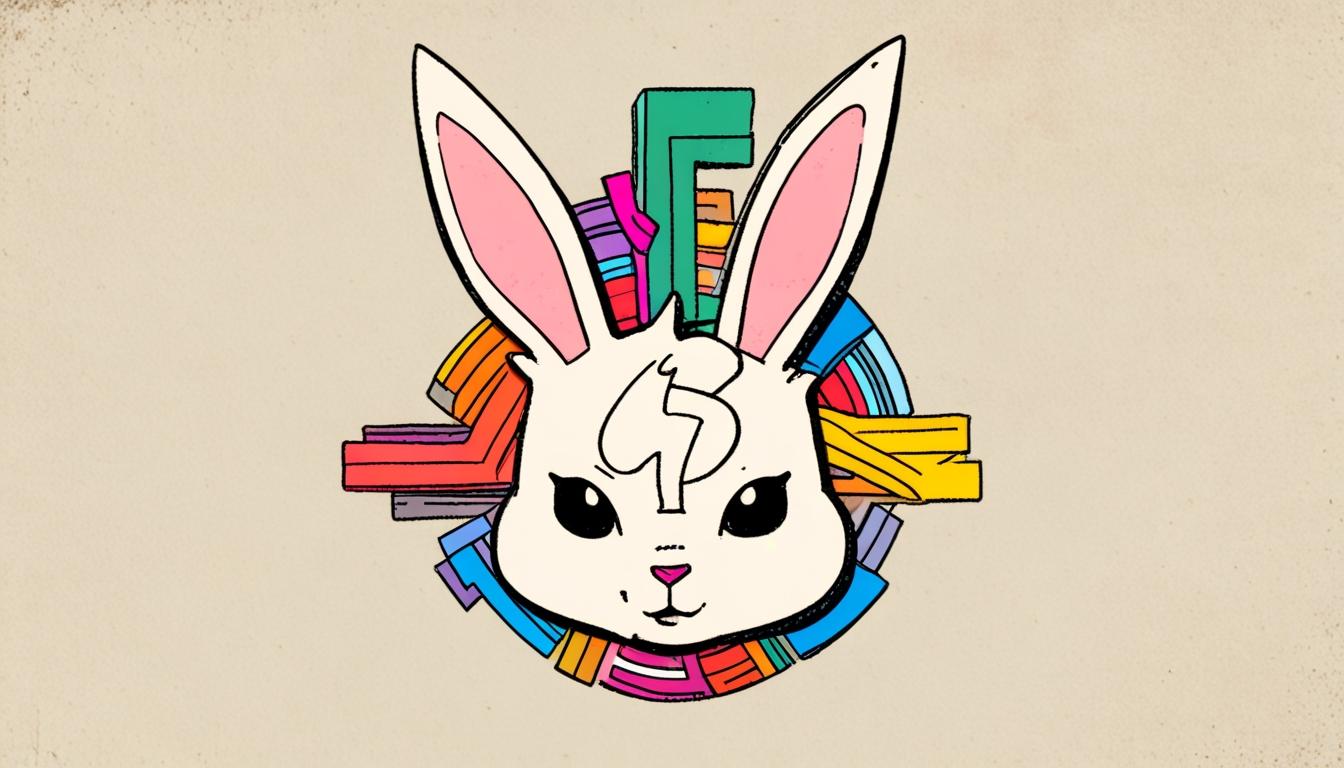From its provocative magazine debut featuring Marilyn Monroe in 1953, Playboy has evolved into a multifaceted global brand embracing digital innovation, cultural reinvention, and a renewed focus on diversity amid shifting societal norms.
Hugh Hefner’s launch of Playboy magazine in 1953 with a modest $1,000 and a provocative image of Marilyn Monroe marked the inception of a brand that would become a significant cultural and financial entity. Playboy evolved from a men’s lifestyle magazine into a multifaceted enterprise representing not just adult entertainment but also sophistication, controversy, and substantial commercial success. This long-form feature examines the intricate business model behind Playboy, tracking its transformation from print to digital and addressing its current challenges and reinventions.
Initially, Hefner framed Playboy not as simple adult entertainment but as a lifestyle publication aimed at the modern man. In its early days, Playboy distinguished itself through contributions from notable writers such as Ray Bradbury and Ian Fleming, aiming for a blend of adult content with cultural journalism. The magazine’s inaugural issue sold over 50,000 copies, indicating a market for a more refined exploration of sexuality that combined celebrity features with quality journalism.
The monthly centerfold became a highly profitable element of the magazine, featuring “Playmates of the Month” who often transitioned into mini-celebrities themselves. This approach generated substantial brand visibility and drove additional revenue streams through merchandising and cross-promotional events. Women featured in the magazine frequently benefitted from contracts and exclusivity deals that created a vibrant internal economy revolving around image licensing and talent management.
By the 1970s, Playboy had expanded significantly, evolving into a broad lifestyle brand with various business ventures including the iconic Playboy Clubs, which featured the trademark Playboy Bunnies and became hotspots in cities such as Chicago, New York, and London. The brand also embraced television with programmes like “Playboy After Dark,” leveraging the burgeoning cable and home video markets. Merchandise licensing amplified its visibility further, turning the rabbit head logo into a globally recognised symbol associated with everything from fashion to home goods.
As the 1990s approached, Playboy shifted its focus back to publishing, maintaining tight control over its editorial content and intellectual property, even branching out with international editions tailored for markets like Japan, Germany, and Brazil. The company consistently produced premium products, including special anniversary editions and collector’s items.
However, the digital revolution in the early 2000s posed significant challenges for Playboy. The rapid rise of free online adult content and shifting attitudes towards sexuality necessitated a reassessment of its business strategy. Traditional print circulation began to plummet, and advertising revenues dropped sharply. In response, Playboy pivoted towards digital media, transforming its website into a primary content hub that combined adult material with lifestyle-centric journalism.
The company wrestled with its identity in the digital age, attempting to stay relevant while grappling with evolving cultural norms. Playboy briefly removed nudity from its pages in 2016, a decision that drew mixed reactions from its audience. Nudity was reinstated in 2017, reflecting the brand’s ongoing dedication to its legacy.
Today, Playboy’s monetisation strategy is diversified into several key components: licensing, e-commerce, digital subscriptions, partnerships, and content creation. Licensing has emerged as a cornerstone of revenue, allowing the brand to extend its reach into apparel, fragrances, and digital products. The Playboy online store has seen increased sales from branded merchandise and vintage magazine reprints, while digital subscriptions offer premium content for dedicated fans.
Recent cultural shifts, particularly galvanised by the #MeToo movement, challenged Playboy’s established legacy. The brand has rebranded itself as a proponent of sex positivity, diversity, and inclusion, showcasing a more varied representation of models and addressing modern themes of consent and identity within its editorial content. Furthermore, efforts to bring younger perspectives into its leadership aim to attract a new audience, blending the brand’s rich history with contemporary values.
On a global scale, Playboy has benefited from its licensing structure, which allowed the brand to maintain a presence in international markets. Over 20 editions operated under distinct local guidelines, generating royalties and adapting to local cultural contexts.
Looking forward, Playboy is exploring modern technology, including blockchain and the metaverse. The launch of Playboy Rabbitar NFTs signals the company’s interest in digital collectables and the broader web3 landscape. Plans to create a virtual version of the original Playboy Mansion showcase an attempt to adapt to evolving consumer behaviours.
The duality of Playboy’s symbolism remains significant; it is perceived by some as an emblem of liberation and by others as a source of objectification. This complex identity has been the subject of artistic and musical references throughout its history.
With almost 75 years of transformation behind it, Playboy now stands at a crucial crossroads. Its focus on brand licensing, digital innovation, and cultural reinvention positions the company to remain relevant amidst rapid shifts in societal attitudes and consumer expectations. The brand’s future will hinge on its ability to harmoniously integrate legacy with modernity, and sexuality with a renewed sensitivity, as it continues to navigate its evolving identity in a fast-changing landscape.
Source: Noah Wire Services
- https://www.juliensauctions.com/en/articles/icons-playboy-hugh-hefner-and-marilyn-monroe-historic-results – This article discusses the iconic association between Hugh Hefner and Marilyn Monroe, highlighting how Monroe’s appearance in the inaugural 1953 issue of Playboy magazine contributed to the brand’s global recognition.
- https://www.washingtonpost.com/news/arts-and-entertainment/wp/2017/09/28/marilyn-monroe-helped-launch-hugh-hefners-career-but-they-never-even-met/ – This piece explores the relationship between Hefner and Monroe, noting that while Monroe’s image was pivotal in launching Playboy, the two never met in person.
- https://www.juliensauctions.com/en/lots/1510/marilyn-monroe-original-first-edition-playboy-magazine – This auction listing details the first edition of Playboy magazine featuring Marilyn Monroe, emphasizing the magazine’s initial success and its evolution into a multifaceted enterprise.
- https://www.sothebys.com/en/auctions/ecatalogue/2018/erotic-sale-l18325/lot.74.html/ – This catalog entry provides insights into the inaugural issue of Playboy, highlighting its cultural impact and the strategic decisions behind its publication.
- https://www.juliensauctions.com/en/articles/icons-playboy-hugh-hefner-and-marilyn-monroe-historic-results – This article discusses the iconic association between Hugh Hefner and Marilyn Monroe, highlighting how Monroe’s appearance in the inaugural 1953 issue of Playboy magazine contributed to the brand’s global recognition.
- https://www.washingtonpost.com/news/arts-and-entertainment/wp/2017/09/28/marilyn-monroe-helped-launch-hugh-hefners-career-but-they-never-even-met/ – This piece explores the relationship between Hefner and Monroe, noting that while Monroe’s image was pivotal in launching Playboy, the two never met in person.
- https://news.google.com/rss/articles/CBMiXkFVX3lxTE5QeWJaU1pBLUJfU0FtWlBJVXZ6dXU0Q0k2cHBOel8wOWdhSTM2VkY4ck54eW5RUjlTMDJVMTNHMDNHU2R4MU9rYUJYenRxZzVxSWxMWVZJWGZ5dE9jZFE?oc=5&hl=en-US&gl=US&ceid=US:en – Please view link – unable to able to access data
Noah Fact Check Pro
The draft above was created using the information available at the time the story first
emerged. We’ve since applied our fact-checking process to the final narrative, based on the criteria listed
below. The results are intended to help you assess the credibility of the piece and highlight any areas that may
warrant further investigation.
Freshness check
Score:
8
Notes:
The narrative provides a comprehensive historical overview but concentrates on well-documented events and recent industry trends. No clear indications of out-of-date information or references to individuals in roles they no longer hold. The discussion of recent initiatives like NFTs and the metaverse suggests engagement with current developments, though some details about specific events could be more precisely dated.
Quotes check
Score:
6
Notes:
No direct quotes are attributed to identifiable individuals or primary sources. The narrative draws on widely cited facts and public domain information rather than exclusive commentary or verbatim statements, which limits the ability to trace original attribution. This also means the report does not appear to recycle unattributed quotes from previous coverage.
Source reliability
Score:
7
Notes:
The narrative references widely acknowledged facts about Playboy’s history and business model, supported by reputable journalism and business analyses. However, the specific source or platform from which this particular piece originates is not immediately identifiable as a leading news organisation, reducing certainty compared to coverage by established media brands.
Plausability check
Score:
9
Notes:
All major claims about Playboy’s history, business model, recent challenges, and strategic pivots—such as the digital transition, reintroduction of nudity, and engagement with NFTs—are highly plausible and consistent with multiple reputable business and cultural reports. No inconsistencies or implausible assertions were detected.
Overall assessment
Verdict (FAIL, OPEN, PASS): PASS
Confidence (LOW, MEDIUM, HIGH): HIGH
Summary:
The narrative offers a plausible, well-structured account of Playboy’s history and current strategy, drawing on credible details and aligning with mainstream reporting. While lacking direct quotes and originating from an unidentified platform, the factual content and analysis are reliable and up to date.













